Going inside our first ger. The traditional home of the Mongolian nomads.
Food for the visitors. Groom dressed in traditional deel.
Assorted meats, drinks, and sweet treats.
Fresh fruit. Watermelon is popular in Mongolia.
Ul boov consists of layers of fried cakes—each of which resembles the cross-hatched bottom of a shoe. The top is decorated with chunks of sugar, dried cheese, milk biscuits and aaruul, a sweet dried yoghurt snack.
Each aspect of ul boov has social significance. Families make the shoe sole-like impression in each cake with a wooden stamp that they pass down through generations. Since each stamp is unique, ul boov designs identify families like a fingerprint. Tradition dictates the number of layers in the cake, too. Elders prepare seven layers, young couples stack three layers, and everyone else makes five layers: Height corresponds to age and status, and odd numbers symbolise happiness, and good fortune. Stacking the cakes involves the ritualistic precision and care involved in lighting a menorah. A finished ul boov symbolizes Mount Sumeru, a sacred Buddhist mountain.Mother of the groom, Pete getting to try some fermented horses milk (Airag).
A milk biscuit.
Groom listening to the speeches and songs.
Tyler (USA) Emilien (France), Eric (France)
Passing a snuff bottle is formal etiquette and part of the welcome. Always accept it with your right hand and an open palm. You may take a pinch of snuff or just sniff the bottle's top. Before passing the bottle to another person, you should offer it back to its owner. Do not replace the cap firmly before passing the bottle back - simply leave it on the bottle, with the snuff blade inside.Chicken and rice, with a beetroot and cabbage salad.
Bowls of airag. Similar to a milky vodka cocktail. I had a few sips, but not a lot, as I wasn't sure how my stomach would appreciate the new taste.
Milk biscuits and sweets. Aaruul, Yoghurt based snack, crumbly, and sweet.
Sugar lumps as candy.
Batbayar gave a speech to the groom on our behalf. We all drank to long life and prosperity.
A cousin arrives, and sings a song. Then he sings another. Singing is an important part of Mongolian culture and celebration.
A several Mongolian kites flew over the settlement. They were attracted to the smell of meat being prepared.The cooking ger. I got invited to come inside and have a look.
Inside the cooking ger. All fire/heat, wood, and preparation bench for the food. The chimney goes through the roof of the ger. Extremely old technology and it works in this environment. Western countries could learn from the Mongolians.
The gers have different roles. One is the eating ger, one is the food prep/ dishes/ storage ger, and the cooking ger.
It felt weird being part of the wedding celebrations, when we didn't know the people. Excellent opportunity to experience the traditional world of the nomadic Mongolians.
So our group managed to pull down two power lines with the bikes. Fortunately Batbayar called the locals and got it sorted .
I took the opportunity to wander around the township, and grab some photos.This is the first settlement we have encountered today. Towns and villages are few and far between.
There is a school (boarding), a medical centre, a petrol station, and a market for the townspeople.There are 200 of these towns dotted throughout Mongolian, each with the same amenities for the traditional nomads to get supplies, and education for their children,
Really looking forward to exploring this country. The hills and plains go on to the horizon. Big skys.







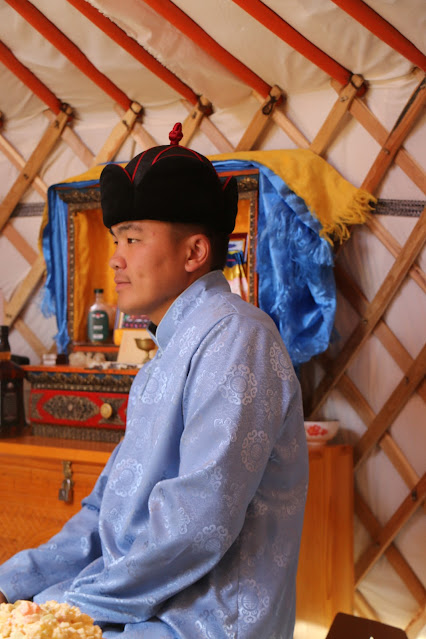
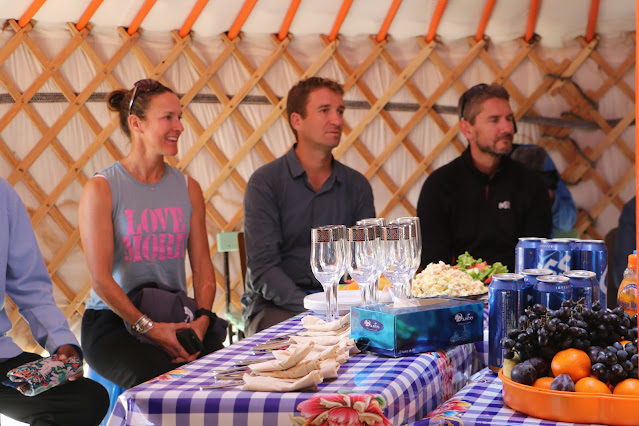



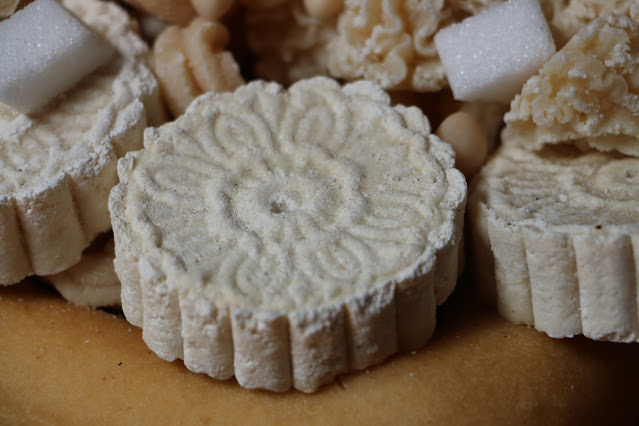






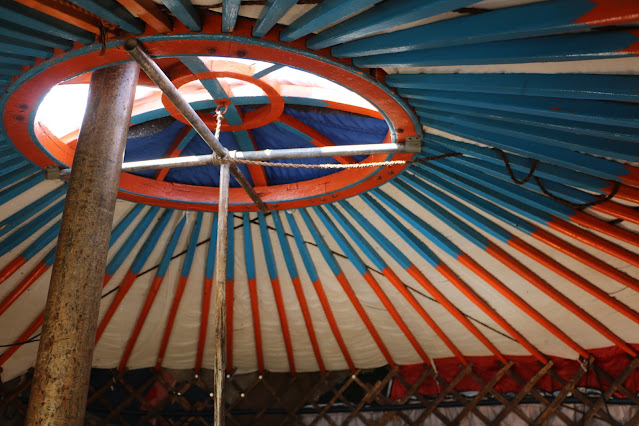




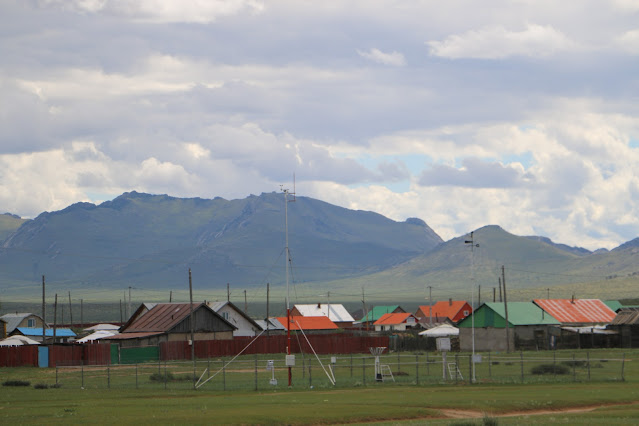


No comments:
Post a Comment